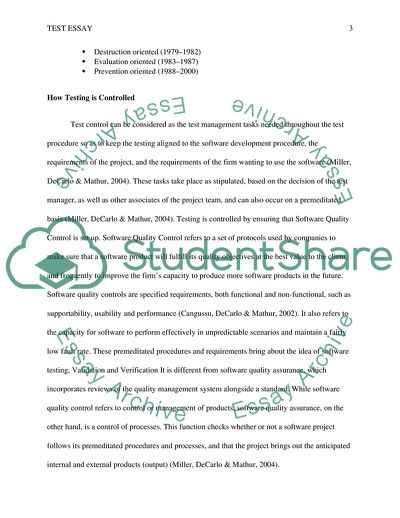Cite this document
(Testing Software and How It Is Controlled Coursework Example | Topics and Well Written Essays - 2250 words, n.d.)
Testing Software and How It Is Controlled Coursework Example | Topics and Well Written Essays - 2250 words. https://studentshare.org/information-technology/1803665-test-essay
Testing Software and How It Is Controlled Coursework Example | Topics and Well Written Essays - 2250 words. https://studentshare.org/information-technology/1803665-test-essay
(Testing Software and How It Is Controlled Coursework Example | Topics and Well Written Essays - 2250 Words)
Testing Software and How It Is Controlled Coursework Example | Topics and Well Written Essays - 2250 Words. https://studentshare.org/information-technology/1803665-test-essay.
Testing Software and How It Is Controlled Coursework Example | Topics and Well Written Essays - 2250 Words. https://studentshare.org/information-technology/1803665-test-essay.
“Testing Software and How It Is Controlled Coursework Example | Topics and Well Written Essays - 2250 Words”. https://studentshare.org/information-technology/1803665-test-essay.


